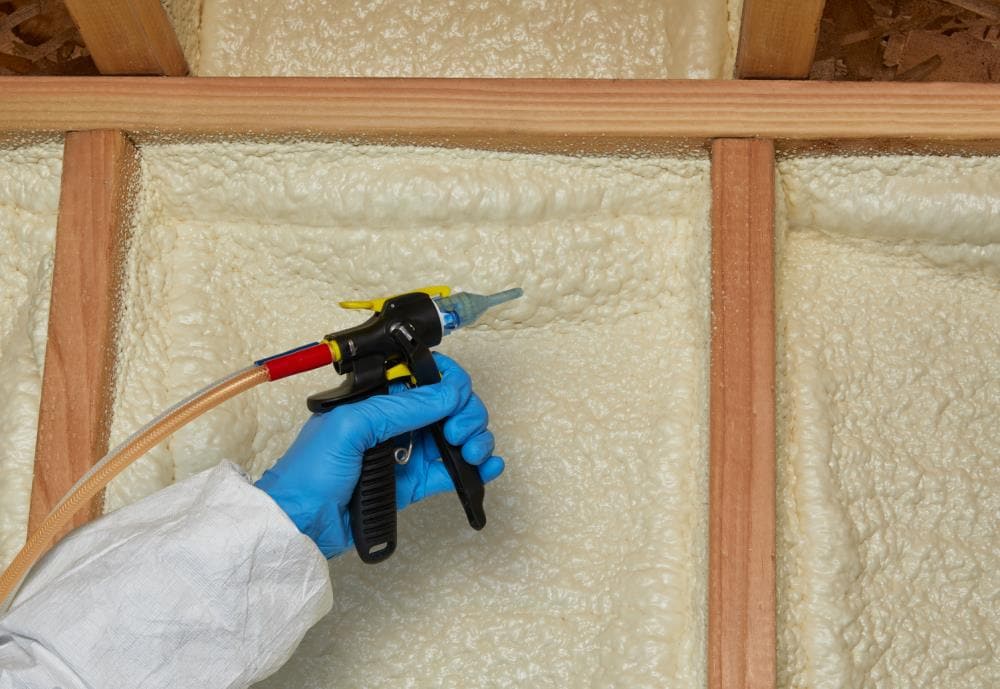
In the world of construction and insulation materials, one question that often arises is whether rigid foam insulation is flammable. With safety being a top priority, it is crucial to understand the fire resistance properties of this widely used insulation material. In this blog post, we will delve into the topic, debunking myths and providing accurate information to help you make informed decisions.
Understanding Rigid Foam Insulation:
Rigid foam insulation, also known as foam board insulation, is a popular choice for its excellent thermal resistance properties. It is commonly used in residential and commercial buildings to enhance energy efficiency and reduce heat transfer. This type of insulation is typically made from polystyrene, polyisocyanurate, or polyurethane, each with its own unique characteristics.
Fire Resistance Properties:
Contrary to popular belief, rigid foam insulation is not highly flammable. In fact, it is designed to have good fire resistance properties. The materials used in its production undergo rigorous testing to ensure compliance with safety standards. However, it is important to note that while rigid foam insulation is not completely fireproof, it does provide a certain level of fire resistance.
Flame Spread and Smoke Development:
When evaluating the fire performance of insulation materials, two key factors to consider are flame spread and smoke development. Flame spread refers to the rate at which fire spreads across the surface of a material, while smoke development measures the amount of smoke emitted during combustion.
Rigid foam insulation, when properly installed and used in accordance with building codes, typically has a low flame spread index and smoke development index. This means that in the event of a fire, the insulation material will not contribute significantly to the spread of flames or the release of harmful smoke.
Installation and Fire Safety Measures:
While rigid foam insulation itself has good fire resistance properties, it is essential to ensure proper installation and take additional fire safety measures. This includes using fire-resistant barriers, such as gypsum board or thermal barriers, to protect the insulation material from direct exposure to flames. Following building codes and regulations is crucial to maximize fire safety when using rigid foam insulation.
Conclusion:
In conclusion, rigid foam insulation is not flammable in the traditional sense. It is designed to have good fire resistance properties, with low flame spread and smoke development indexes. However, it is important to follow proper installation guidelines and implement additional fire safety measures to ensure optimal protection. By understanding the facts and debunking the myths surrounding rigid foam insulation, you can confidently make informed decisions when it comes to choosing insulation materials for your construction projects.

